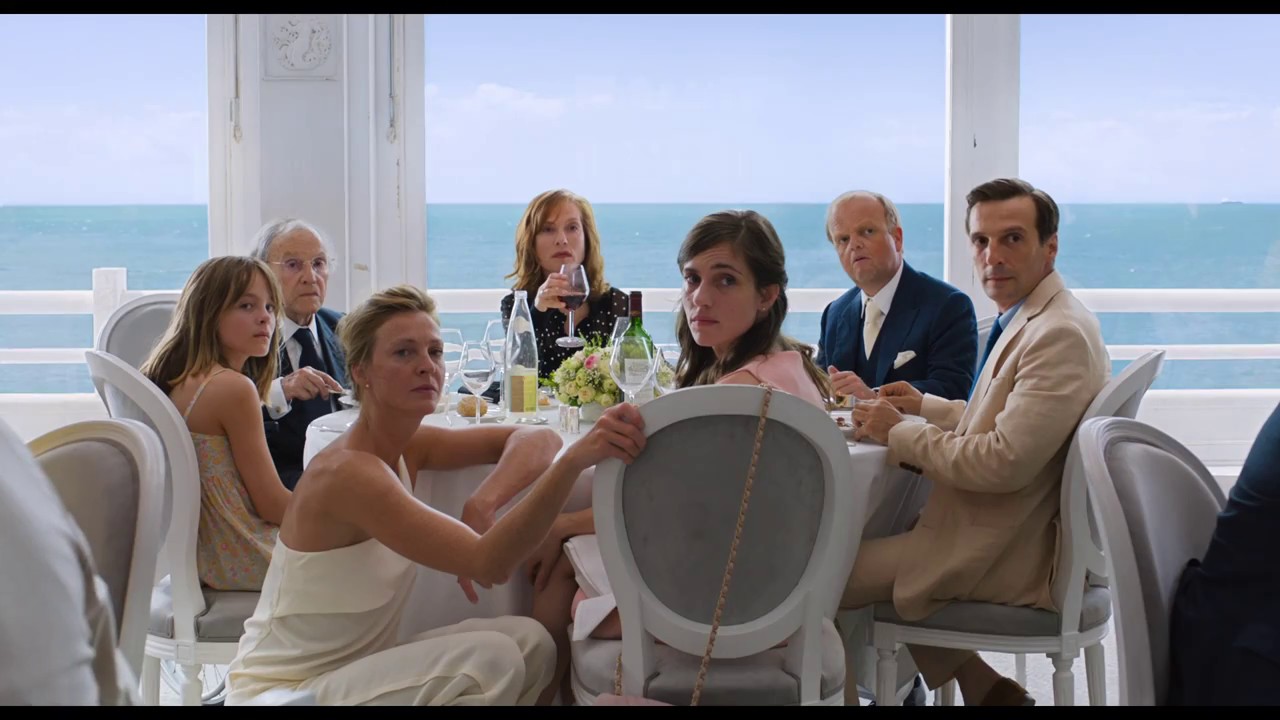Film is a complex medium that can contain the perfect formula to provide its audience with happiness while possessing the right amount of emotional depth. Crisis can be the perfect strategy to momentarily tug at a Western audience’s heartstrings in this way. It is the necessary ingredient that directors use to create a bubble of safety and that superficially separates the audience from the subject of the film.
Although films do create a space to talk about difficult topics, it is necessary to be mindful of them when they are being used to present a one-sided account. The risks of this crop up when this fleeting glimpse is relied on to provide the basis of your knowledge. Michael Haneke’s film Happy End (2017) focuses on the audience’s ignorance and detachment from Europe’s refugee crisis. The film offers a careless one-sided perspective of the refugee crisis. It follows a middle-class family living in a mansion in Calais. They remain fixated on their own struggles rather than acknowledging their privileged circumstances in comparison to the wider issues being faced by refugees. There is however, something unsettling about watching a film purely for entertainment purposes. This is a clear example of the creators saying: “Yes I used this for my art and made a lot of money out of it”. It removes any sense of obligation as you can choose to switch off the movie to signal the end of your concern. You have the reassurance of going about your life and stowing away the upsetting memories, in the furthest corner of your mind.
Even the life of a refugee has become reduced to a spectacle that you watch purely for entertainment. Film brings these individuals to life but only for long enough to push them back into a box again. The brief on-screen insights are the only form of interaction you will have with this individual who is purposefully kept on the outskirts of society. Refugees are dehumanised even in a film that is supposed to be entirely about them. We forget that they do not have to be defined by their struggle. The formula for a movie about the refugee crisis is to present them as a collective group rather than an individual with their own rights. This is especially the case in Gianfranco Rosi’s Fire at Sea (2016). It focuses on refugees that risk their lives to reach the Sicilian island Lampedusa. Yet, Rosi does not shy away from heart-wrenching scenes where the individuals have been hoarded onto boats. We are left to see them as a mass of suffering bodies. Then we are quick to defend our detachment to the reality of their situation and claim that watching a movie will do enough to educate us.
American Sniper (2014) is a prime example of a movie that has been criticised for bringing obstructive ideas to the forefront. It uses the backdrop of the Iraq War to advocate that “it is okay to kill, as long as they are not one of us”. The film only seeks to separate the Western world from the distant “other”. You are presented with the illusion that without this depiction, you would be completely alienated from the occurrences in a “war-torn” country. Deepening this divide solely serves a meticulous system of generating fear. It contributes towards cinema’s role in distorting events and makes you forget that these places are more than simply war-torn countries. It is time to understand that we can make effective movies to encourage productive discourse rather than succumbing to narratives that hinder progress.
The clutter of movies with historical inaccuracies are another culprit that contribute to distorting our perception of events. This is particularly the case when it comes to representing the British Empire’s past. The atrocities of empire are only recently being talked about more openly in History lessons, let alone in the media. This glossing over of facts is exactly what occurs in Gurinder Chadha’s film Viceroy’s House (2017). It was nothing more than another opportunity to glorify the British Empire’s involvement in India.
You have to watch with caution because for some reason, it has become too easy for directors to restrict the Indian partition to the same hopeless stereotypes. Within the first half of the movie, any flickers of hope that you hold in Chadha’s directing will completely disappear. Hugh Bonneville plays the heroic Lord Mountbatten (the last Viceroy of India), who single-handedly resolves all unrest, and is loved by all Indians. Throughout the movie, the Indian leaders are always deemed incompetent in comparison to Mountbatten. They are set up as subjects requiring Britain’s leadership and support because they are apparently incapable of forming their own government. As a result, there is a complete ignorance of the empire’s involvement in destabilising the country. The ignorance within the movie is of great risk to members of the audience who could be particularly susceptible to believing this narrative in a heartbeat.
By generalising the complexity of a crisis, it only undermines the role that cinema plays in our society. The film industry encourages and opens up discourse on difficult topics but can end up doing more harm than good by perpetuating the same, overused images and ideas. Ultimately though, it does have the potential to surpass borders and spread information that is often lost in the process of dehumanising individuals.
Aneeka Hussain
(Image courtesy of Les Films du Losange)

